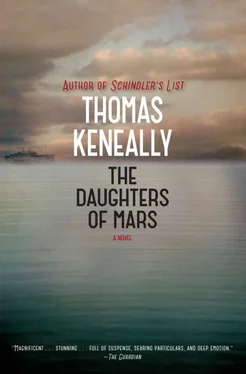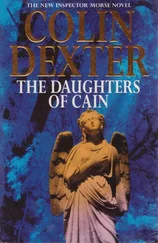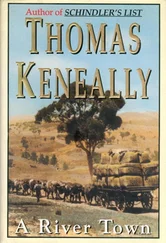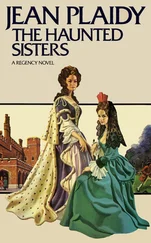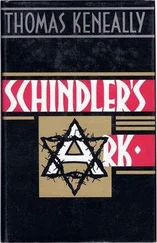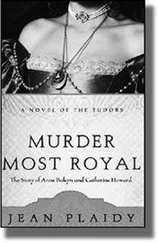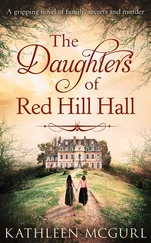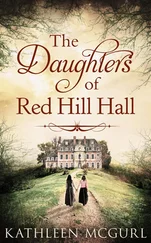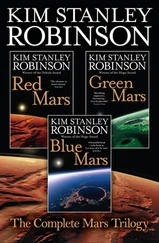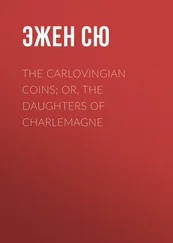• • •
Condon suggested they try the adventure of an Egyptian bus to Sakkara. It was a novel idea since everyone else she knew tried to cadge lifts in army trucks or ambulances or commandeer a car when on a jaunt. People had told him they could get a truck back to Cairo or even Heliopolis without difficulty that afternoon. Sakkara was on the south–north road from Aswan. To her it counted for little that soldiers might smirk at picking up an officer and a nurse from the side of the road.
Catching the tram from Heliopolis and the bus from the railway station seemed a genuine adventure. It bemused the bus-traveling effendis—the Egyptian gentlemen in heavy European suits and tarbooshes—and the shy fellahin, laborers and small farmers, Nile cow-cockies as Condon would say, who frowned and stared as if the universal order had been upset.
As she watched unaccustomed quarters of the city sweep by, she realized that her elated feeling that the world had altered was because she and Condon had for a few hours moved beyond military reach. They rolled out into the irrigated countryside and its strips of cultivation and she assessed that the day was like a warmer autumn day at home and the sky wide open and vast. Occasional trucks going northwards showed unwelcome glimpses of khaki.
It’s a little mean of me, said Charlie as they sat and the bus engine whined and dragged them along at perhaps twenty miles an hour. I know all the travel guides at Sakkara try to make a living. But I think I’d rather not have a guide. I mean, some of them talk you blind and distract you when you see something marvelous and try to sell you rubbish.
He wanted to know—of course—whether this was agreeable to her. She said it was. He assured her he had a Murray guidebook with him—people preferred them over the German Baedeker guides—and somehow she knew that he had absorbed it conscientiously and would reliably tell her everything she needed to know at Sakkara.
As they traveled he confessed he’d been studying in a Sydney art school which emphasized sketching as the building block of all art, and whose motto was that it was better to sketch well for a lifetime than to paint badly for twenty years. He didn’t like to bring out his pad when there were lots of people around. But the reason he liked sketching was not just that a sketchpad was so much more portable. It began to show you—as one of his teachers had argued—that light is everything. Color was a mere servant to light. Light is everything to everything, and in everything too. It was, of course, the first time she had heard a discourse on these matters. She was as impressed with this reflection as with the bus—which seemed in part Condon’s own conception.
When they got off in the flat-roofed oasis town of Sakkara, a dozen men came up and mobbed them and tried to rent them donkeys and offer themselves as guides. Children milled and plucked garments and called Charlie “effendi” and “sir.”
No guides, no guides, called Condon, right or wrong, just or unjust. No, no guides. Just ponies.
He went down the line of those available. He turned to Sally and said, These two look good, pointing to two beasts who looked to her little different from the other sinewy creatures. Their owner shook his head sadly as if his animals were too precious to him for lease. How many piastres? Condon began. Though new to the place, and inexperienced, he brought an air of casual worldliness to his transactions.
Sally and Condon—once atop the ponies—rode off. Children ran behind praising the bey (a term of praise above effendi) and lady for their horsemanship. This ferment of applause was the product of poverty, and she and Charlie had already committed the crime of depriving a local of a tour-guide fee. Yet they had all they wanted—Condon carried in his kitbag water, boiled eggs, and canned salmon, and some flatbread from a bakery stall in Cairo. Condon amiably telling them, Imshi, the tail of children faded beyond the edge of town. Their ponies scurried across gravel and left the last little irrigated green plot of Egyptian clover behind.
Very soon the pyramid began to rise in huge steps before them. It ascended to a blunt apex in the sky. She could sense and shared in Condon’s zeal to walk along the remaining colonnade in front of the pyramid. They tied up their ponies to rings embedded in a low stone wall for the purpose. Then they got down and were alone. No Scots in kilts. No slouch hats. No British officers in tropic-weight tailored uniforms. No one. Small gusts of wind sounded enormous as they turned over pebbles in the great, silent dome of the day.
Condon was carrying a battery torch. They might be able to visit the burial chamber, he said, and see the frescoes. He let go of his knowledge easily. He seemed no pedant. This ancient tumulus involved an architect named Imhotep, he said, who used limestone for the first time in history here—in Djoser’s stairway to heaven. Charlie Condon was more interested in the four-thousand-year-old cleverness of Imhotep—which had lasted—than in the power of Djoser, which was lost. This columned approach, he said, must have been crammed with people—image makers, butchers, money changers, wine sellers. For this was the great market of the necropolis of Memphis. One of the tombs was, in fact, said Condon, of Djoser’s butcher.
Charlie Condon populated the place without effort—a man who wanted to see the total present in the light of the entire then. But they found the entrance to the burial chamber padlocked—a guide would have no doubt fetched a key to open it. As a further exercise of his stylishness as a traveler, he picked the lock with a penknife. Sally laughed—but in part for fear of the winding chambers he was so keen to enter with her.
Do you know where I learned to pick locks? he asked her as they entered darkness and he switched on the torch. Newington College. It’s an excellent place to go if you want a criminal career.
There were vivid, graceful human figures painted on the walls, she saw as Condon’s torchbeam lit the way down the first dark passage. Some of the painted shapes had their faces chipped away as if by chisel. Condon wondered was this the work of Christian iconoclasts? No, he decided. I believe they really got to work in Greece and Turkey. Here it could only be the Muslim iconoclasts. Mohammed had approved of his iconoclastic brethren but had asked them to spare a painting of Jesus and Mary.
Smelling the dim must of centuries, feeling the closeness of the walls, Sally was tempted to say ironically that she was pleased he had made that clear. They took turns into further passages and Condon marveled. Sally thought, however, that no one knew they were here beneath Imhotep’s limestone. The passages, she suspected, had been designed to confuse those who entered. Charlie Condon—in sketcher’s raptures—praised his ancient colleagues. We know they thought like us, he told her, because they drew like us. To her they seemed to draw very differently. But he was the expert. At last—to her great solace—he said they should go out again. He assured her he had the map worked out in his head but it might become confused if he took more turns. He half chided himself on the way out for not having brought a guide. But how could you tell which ones were good?
At last they reached the sunlight. We did excellently, he told her and shook his head. But this is an astounding trinity, when you think of it—the oldest remaining stone building. The most potent pharaoh of the Old Kingdom. And the oldest building of which we know the name of the architect.
To the side of the pyramid lay a lower, stepped building and Condon led her in there. It was not as disturbing as the long passages of the pyramid, and lit up a statue of Djoser. Someone had been at his nose with a chisel but the rest was so immediately human—including the tight, unhappy mouth and low forehead and braided hair.
Читать дальше
